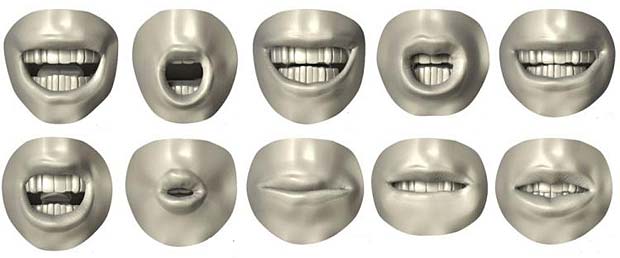Phonemes
A phoneme is the smallest structural unit that distinguishes meaning in a language, studied in phonology (a branch of linguistics concerned with the systematic organization of sounds in languages). Linguistics is the scientific study of language. Phonemes are not the physical segments themselves, but are cognitive abstractions or categorizations of them. They are abstract, idealised sounds that are never pronounced and never heard. Phonemes are combined with other phonemes to form meaningful units such as words or morphemes.
A morpheme is the smallest meaningful (grammatical) unit in a language. A morpheme is not identical to a word, and the principal difference between the two is that a morpheme may or may not stand alone, whereas a word, by definition, is freestanding. The field of study dedicated to morphemes is called morphology.
Phones
Concrete speech sounds can be regarded as the realisation of phonemes by individual speakers, and are referred to as phones. A phone is a unit of speech sound in phonetics (another branch of linguistics that comprises the study of the sounds of human speech). Phones are represented with phonetic symbols. The IPA (International Phonetic Alphabet) is an alphabetic system of phonetic notation based primarily on the Latin alphabet. It was created by the International Phonetic Association as a standardized representation of the sounds of oral language.
In IPA transcription phones are conventionally placed between square brackets and phonemes are placed between slashes.
English Word : make
Phonetics : [meik]
Phonology : /me:k/ /maik/ /mei?/
A set of multiple possible phones, used to pronounce a single phoneme, is called an allophone in phonology.
Graphemes
Analogous to the phonemes of spoken languages, the smallest semantically distinguishing unit in a written language is called a grapheme. Graphemes include alphabetic letters, typographic ligatures, chinese characters, numerical digits, punctuation marks, and other individual symbols of any of the world’s writing systems.

Grapheme examples
In transcription graphemes are usually notated within angle brackets.
<a> <W> <5> <i> <解> <未> <ق>
A grapheme is an abstract concept, it is represented by a specific shape in a specific typeface called a glyph. Different glyphs representing the same grapheme are called allographs.
In an ideal phonemic orthography, there would be a complete one-to-one correspondence between the graphemes and the phonemes of the language. English is highly non-phonemic, whereas Finnish come much closer to being consistent phonemic.
Visemes
A viseme is a generic facial shape that can be used to describe a particular sound. Visemes are for lipreaders, what phonemes are for listeners: the smallest standardized building blocks of words. However visemes and phonemes do not share a one-to-one correspondence.

Visemes
Links
A list with links to websites with additional informations about phonemes, phones, graphemes and visemes is shown hereafter :
- Allophonic Variation in English, Phoneme vs. Allophone, by Moisés Ánton Bittner
